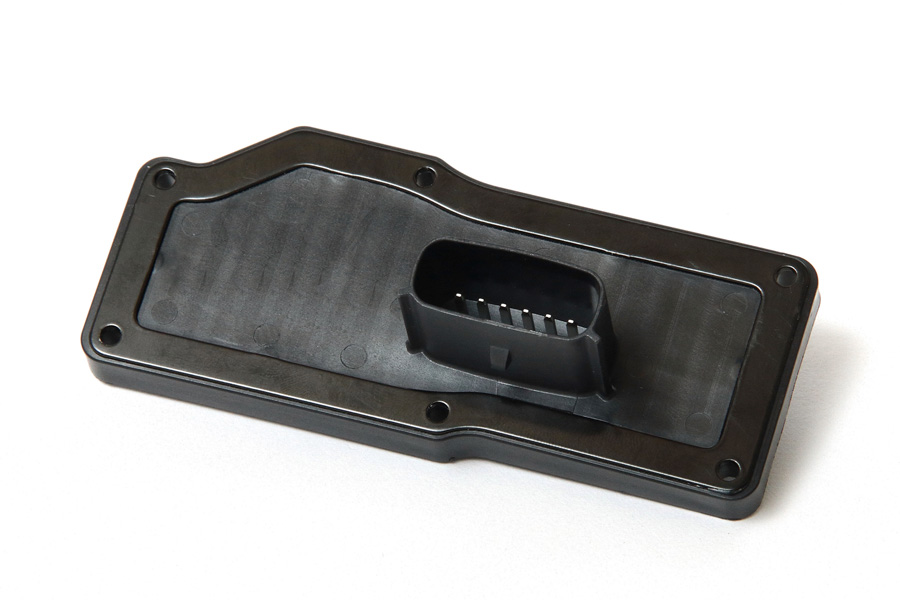
Your blog feed for digital manufacturing resources, in-depth features, and industry news.
Both options offer distinct advantages and limitations, and choosing the right one depends on factors such as production volume, cost, and desired product quality.
In this article, we will compare single-cavity and multi-cavity plastic bucket molds, helping you understand the differences and choose the best option for your production needs.
A single-cavity mold is a mold that produces only one plastic bucket per cycle. This type of mold is typically used when the production volume is lower or when a high level of customization or complexity is required.
Cost-Effective for Small Batches
Customization
Less Maintenance Complexity
High Quality and Precision
Lower Production Speed
Higher Cost for High Volumes
A multi-cavity mold is designed to produce multiple plastic buckets per cycle. This mold features multiple cavities that are filled with plastic during each injection cycle, allowing the production of several identical buckets at once.
Higher Production Efficiency
Lower Cost per Unit for High Volumes
Consistency and Uniformity
Reduced Cycle Time
Higher Initial Mold Cost
Limited Flexibility for Customization
Maintenance Complexity
Choosing between single-cavity and multi-cavity molds depends on your specific needs and business requirements. Here’s a quick guide to help you decide:
Both single-cavity and multi-cavity plastic bucket molds offer unique advantages. The right choice depends on your production volume, product customization needs, and budget considerations.
By understanding the key differences and benefits of each mold type, you can make an informed decision that best supports your manufacturing goals and ensures your plastic buckets meet the highest standards of quality.
Your blog feed for digital manufacturing resources, in-depth features, and industry news.
31 Southlands Road
POLESWORTH
B78 0FL
We will reply to you in 20 minutes.
Our team is online, can be helpful for you.
Our team is online, can be helpful for you.
Didn’t find what you want? Ask our leader for help directly!